Overview
Scabies is a contagious skin condition caused by a tiny mite called Sarcoptes scabiei. It's characterized by intense itching and a pimple-like rash. The mites burrow into the skin, where they lay eggs and reproduce, leading to the characteristic symptoms. Scabies is spread through prolonged skin-to-skin contact with an infected person and can also spread through infested bedding, clothing, and furniture.
Causes
It's important to note that scabies is highly contagious, and even brief skin-to-skin contact can be enough to transmit the mites.
Other ways scabies can spread include:
Close personal contactHousehold contactInfested objects
Symptoms
Symptoms:
Presents with itchy red papules, occasionally vesicles and pustules.Itching is worse at night.Common sites for rashes include palms, soles, wrists, axilla, umbilicus, and spaces between webbed fingers.Linear or curved skin burrows where the mites reside may be observed.Itchy lumps or nodules in the armpits and groin are highly suggestive of scabies.
Treatment: Modern Medicine
Medications:
Permethrin CreamLindane LotionCrotamiton Cream
Oral Medications:
IvermectinAntihistamines
Treatment: Traditional Medicine
Neem OilTea Tree OilSulfur OintmentClove Oil
Caution
Avoid Close ContactTreat All Household MembersAvoid Scratching
Prevention
Prevention:
Avoid close contact with individuals who have scabies.Wash all clothing, bedding, and personal items used by an infected person in hot water.Vacuum the home thoroughly, including furniture and carpets.Inform close contacts and encourage them to seek treatment if necessary.
Personal Hygiene:
Maintain good personal hygiene practices, including regular handwashing.Avoid sharing personal items like towels and clothing with others, especially those who infected.
 Nalamaree Team
Nalamaree Team

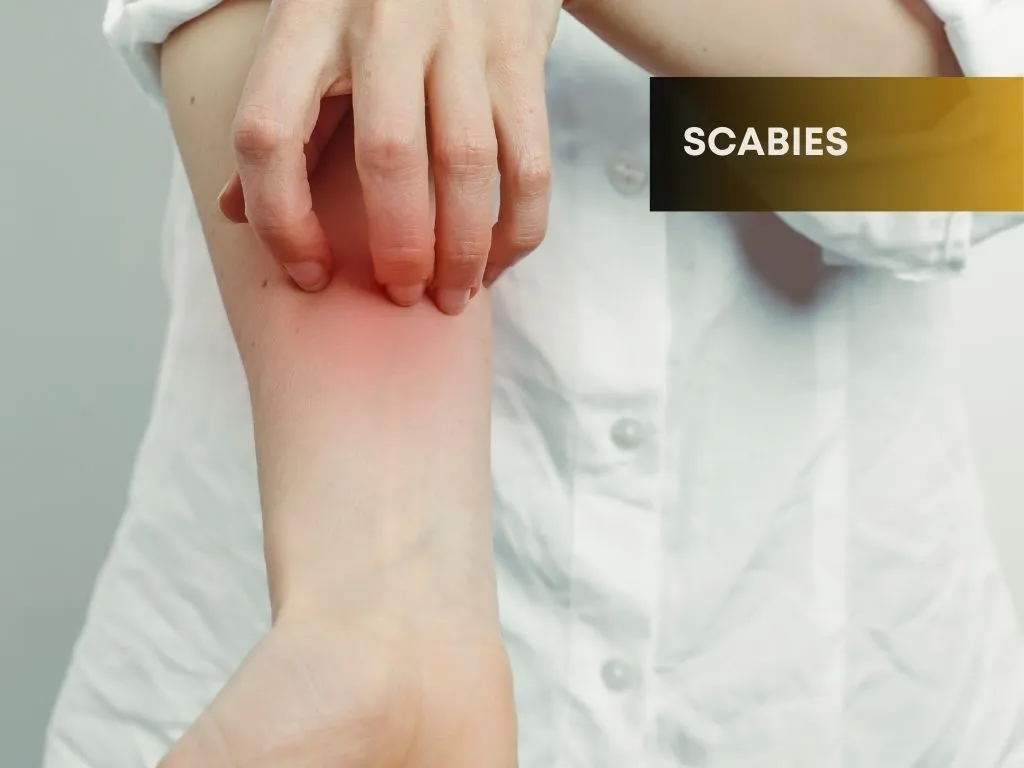


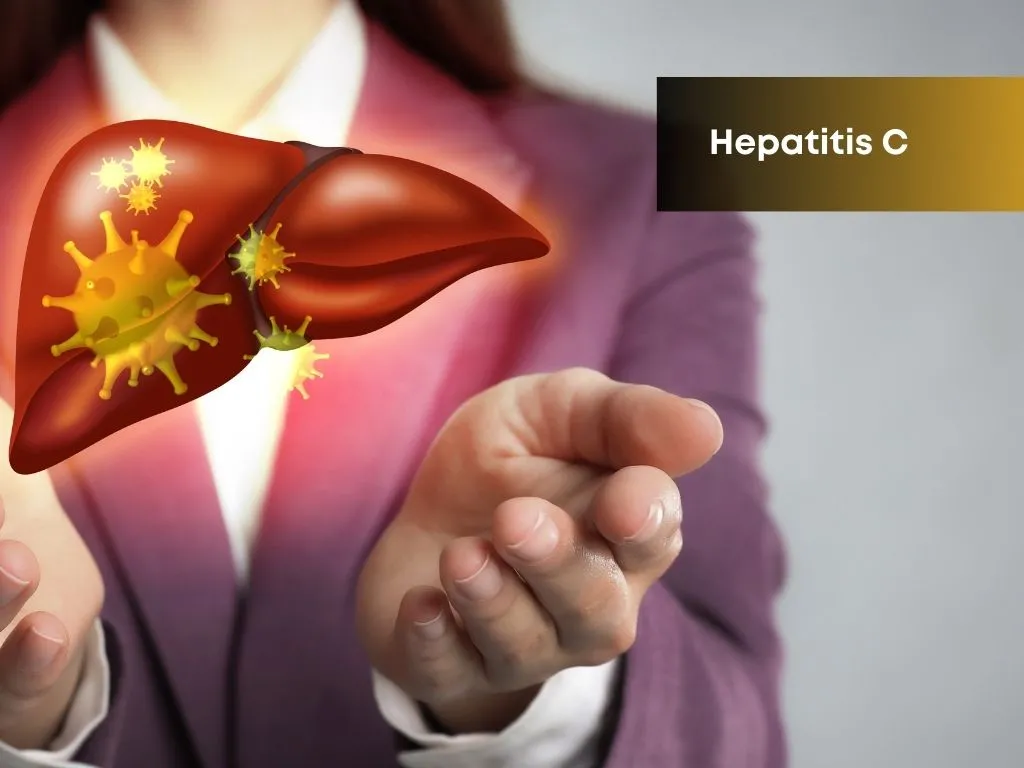

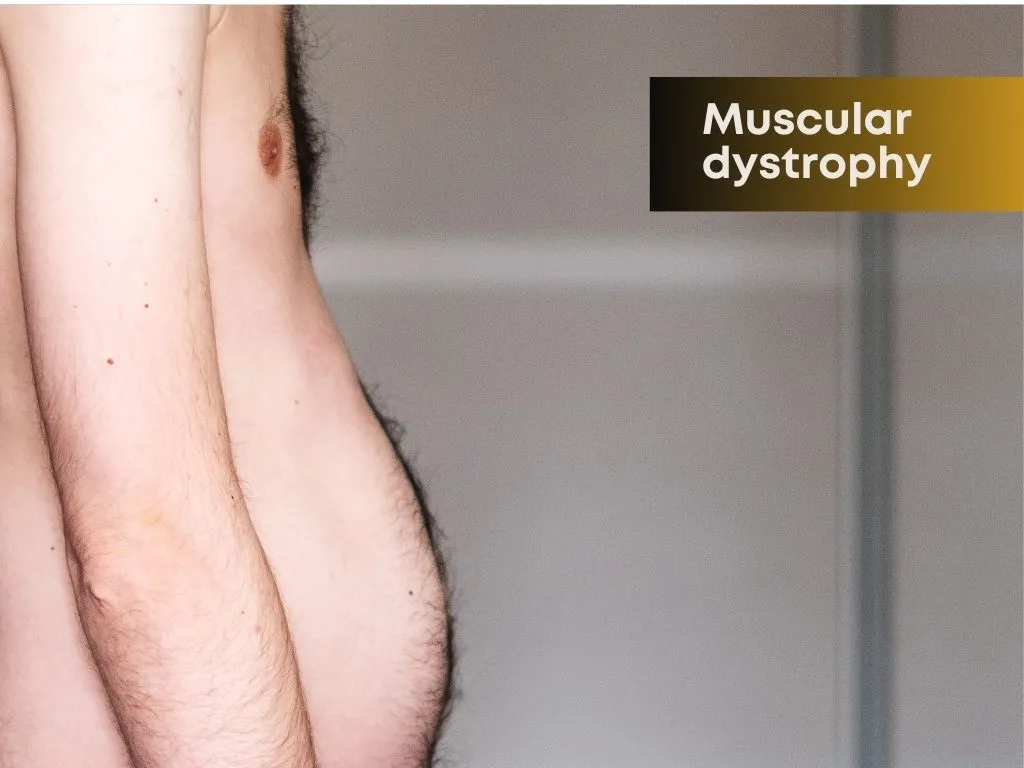
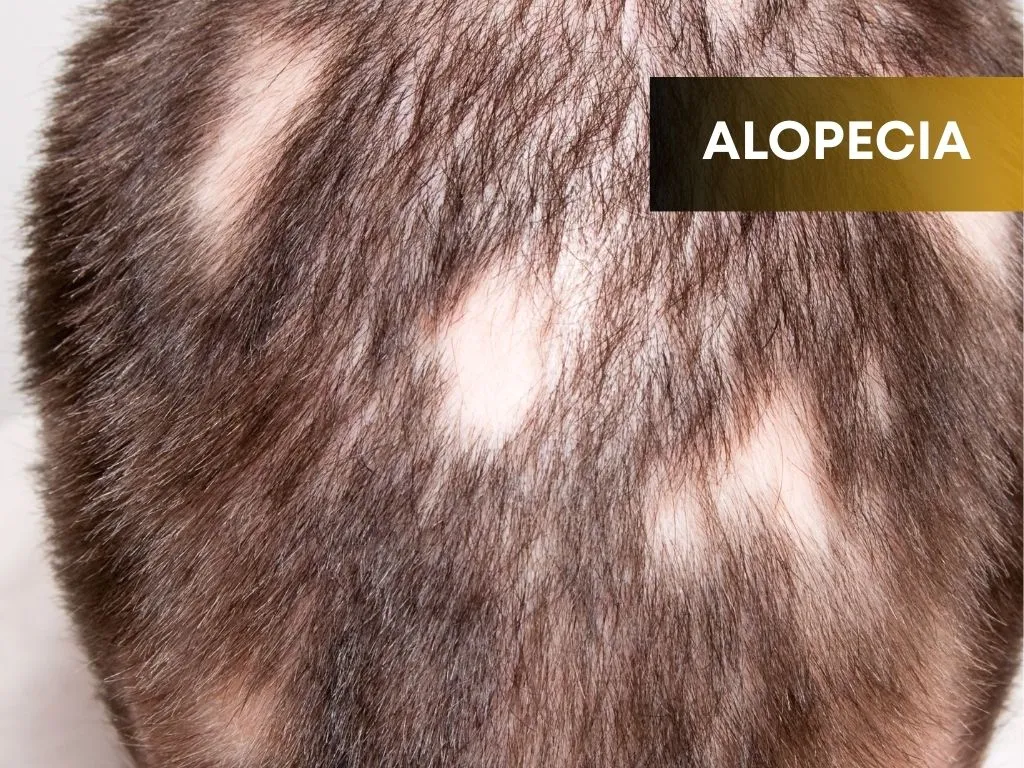
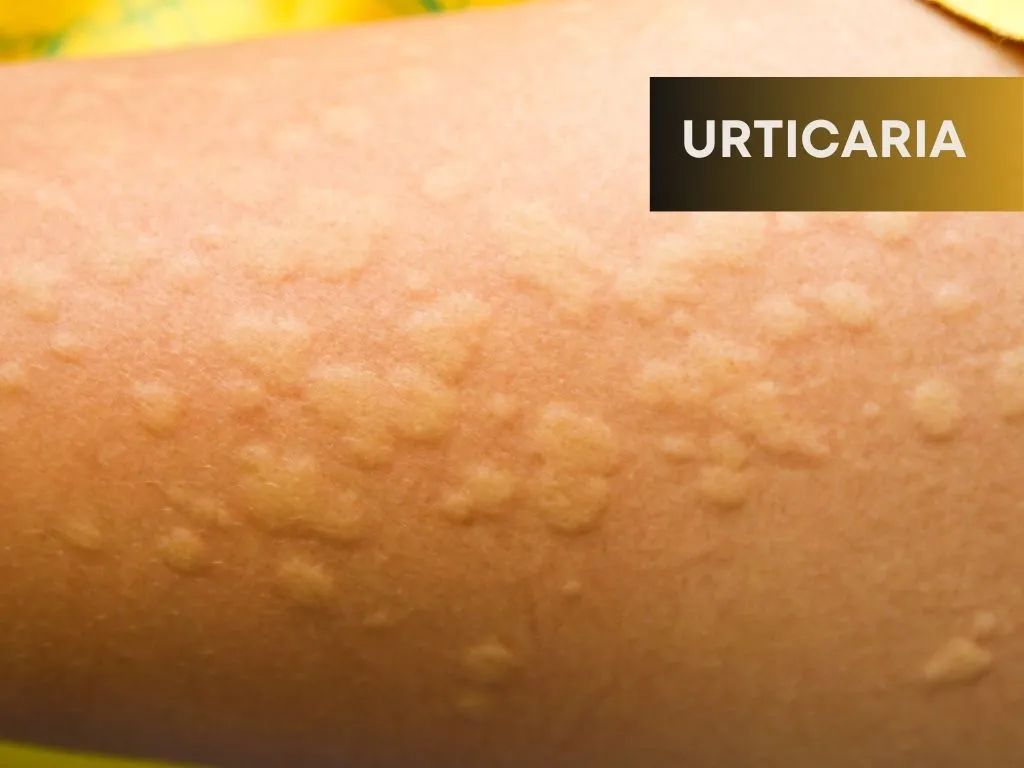
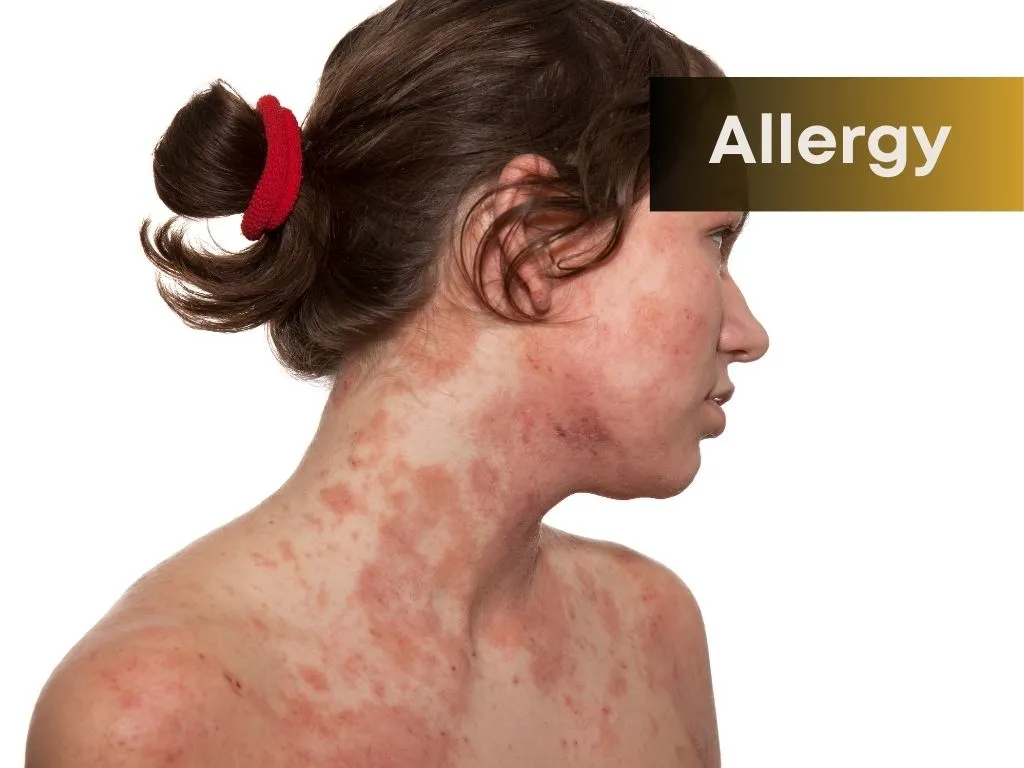




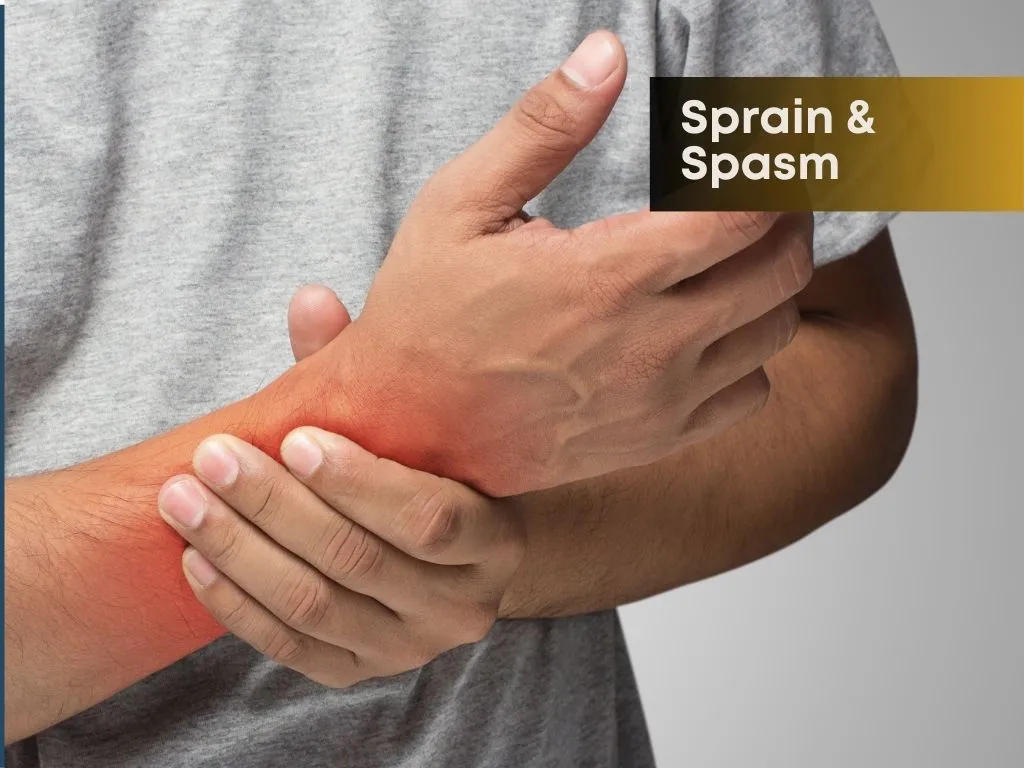

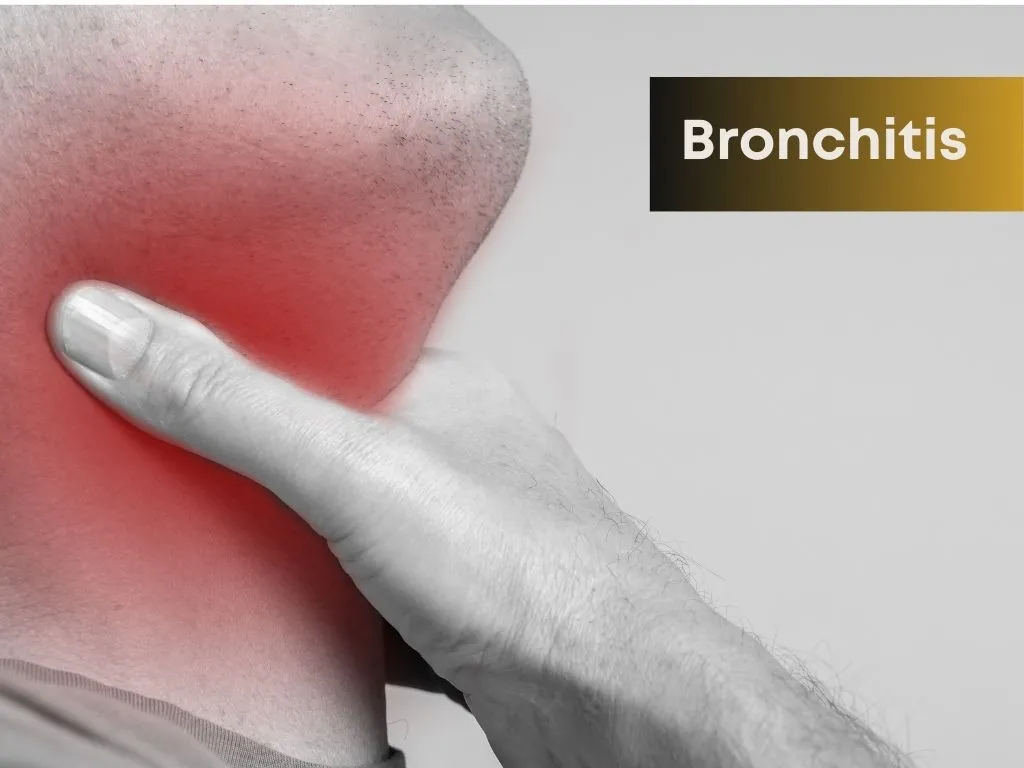

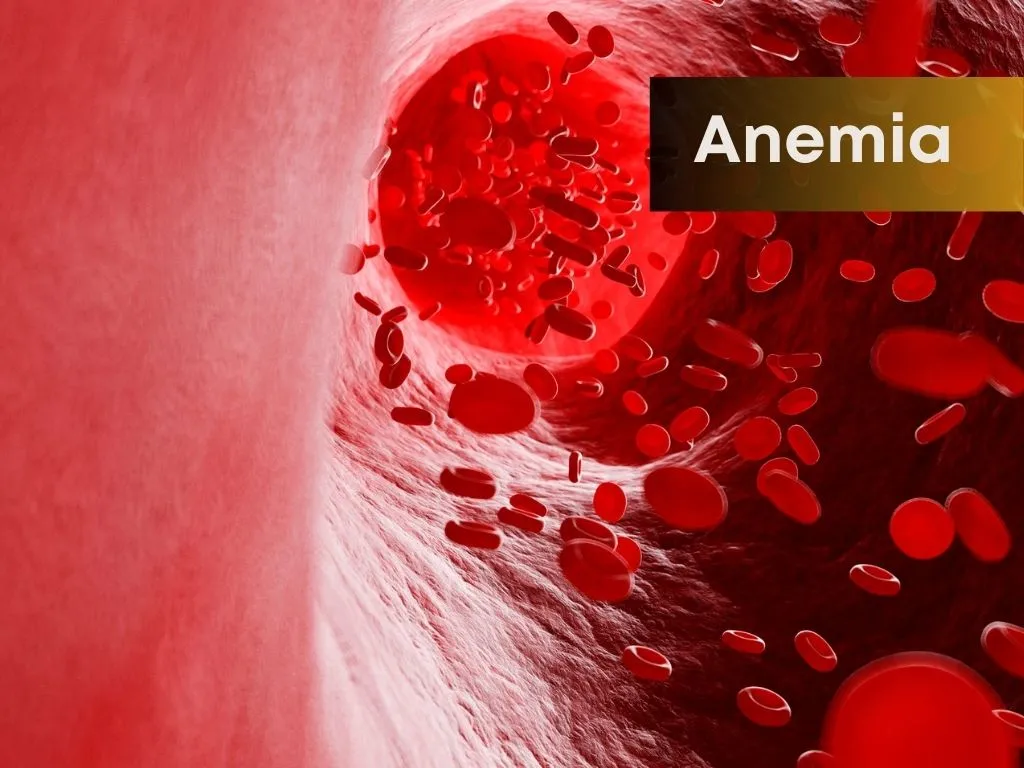

.jpg.webp)
